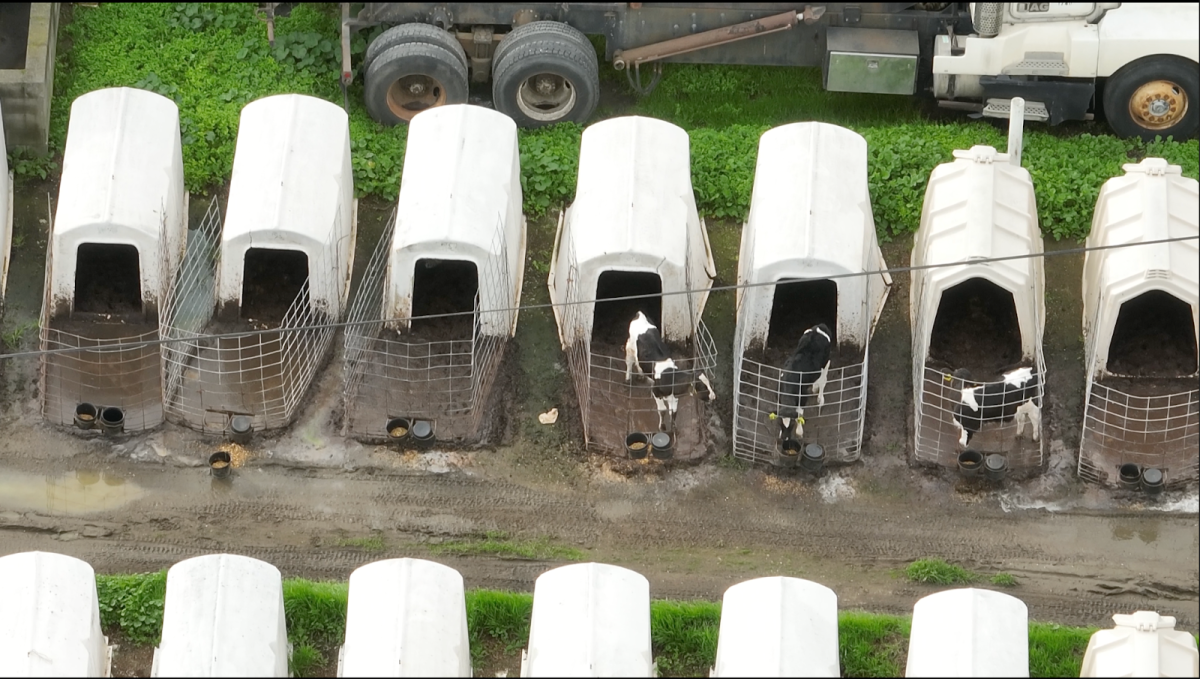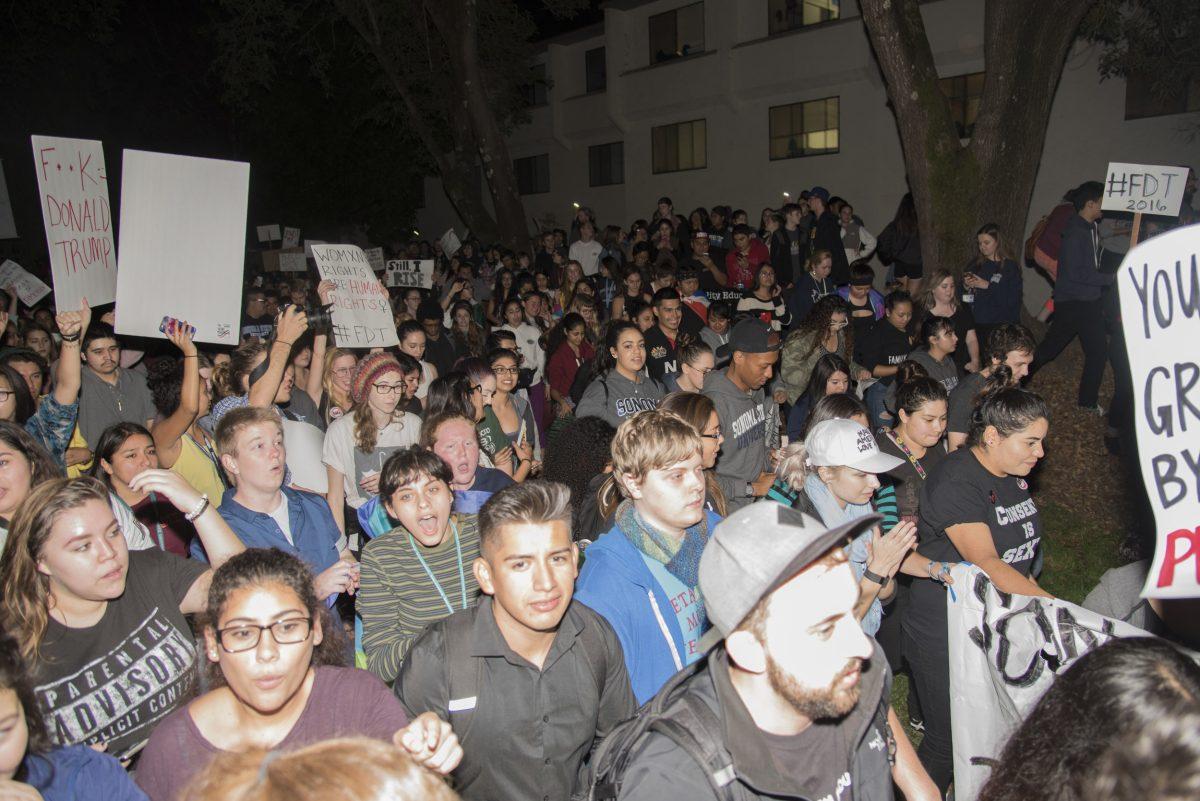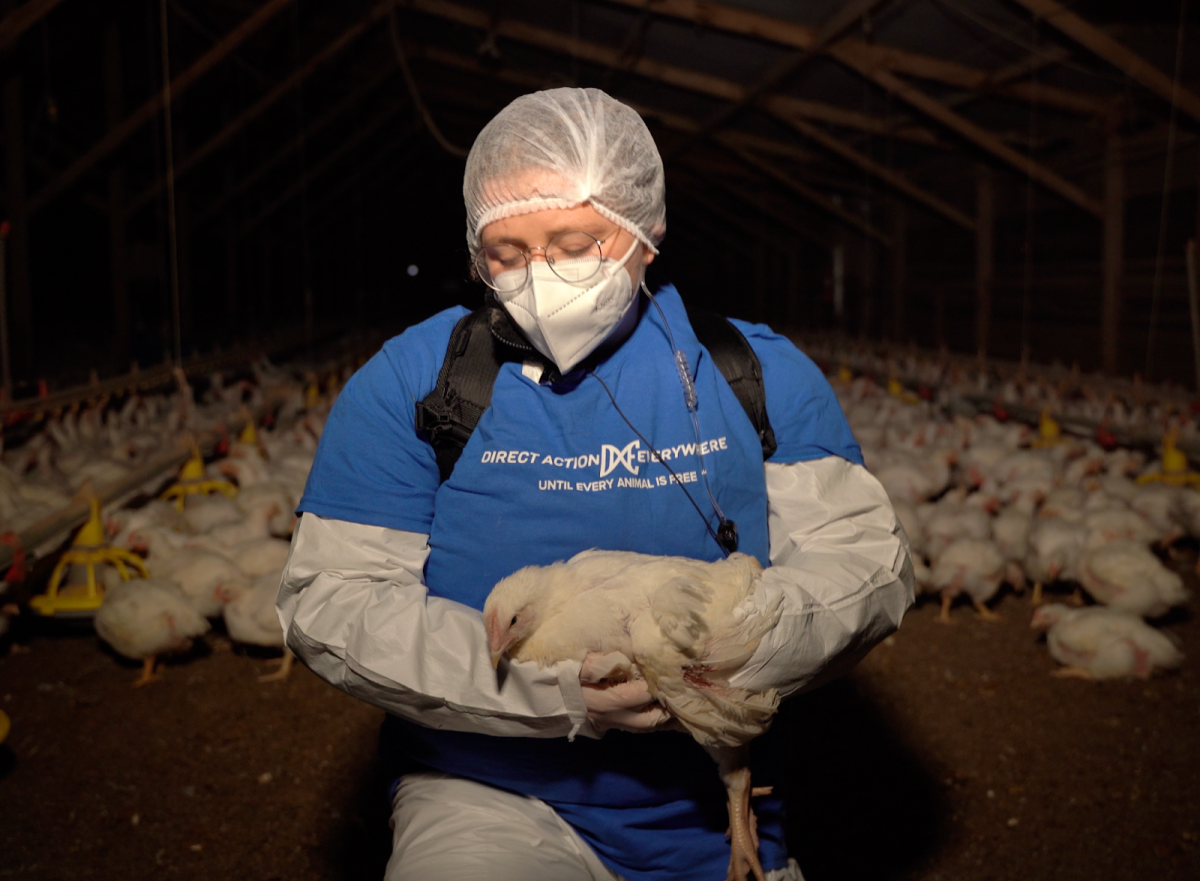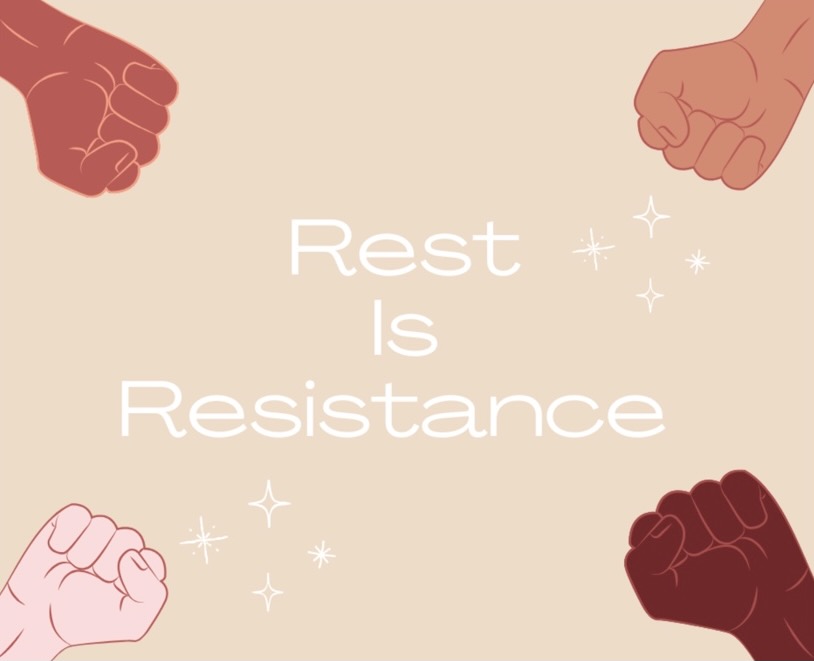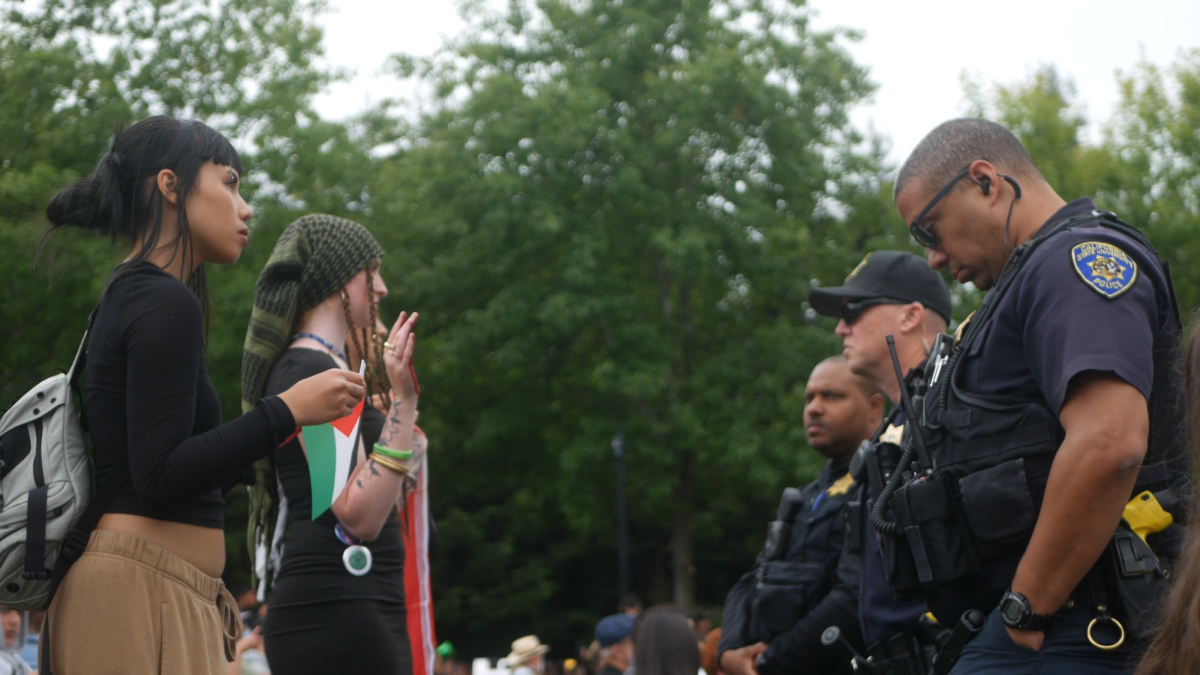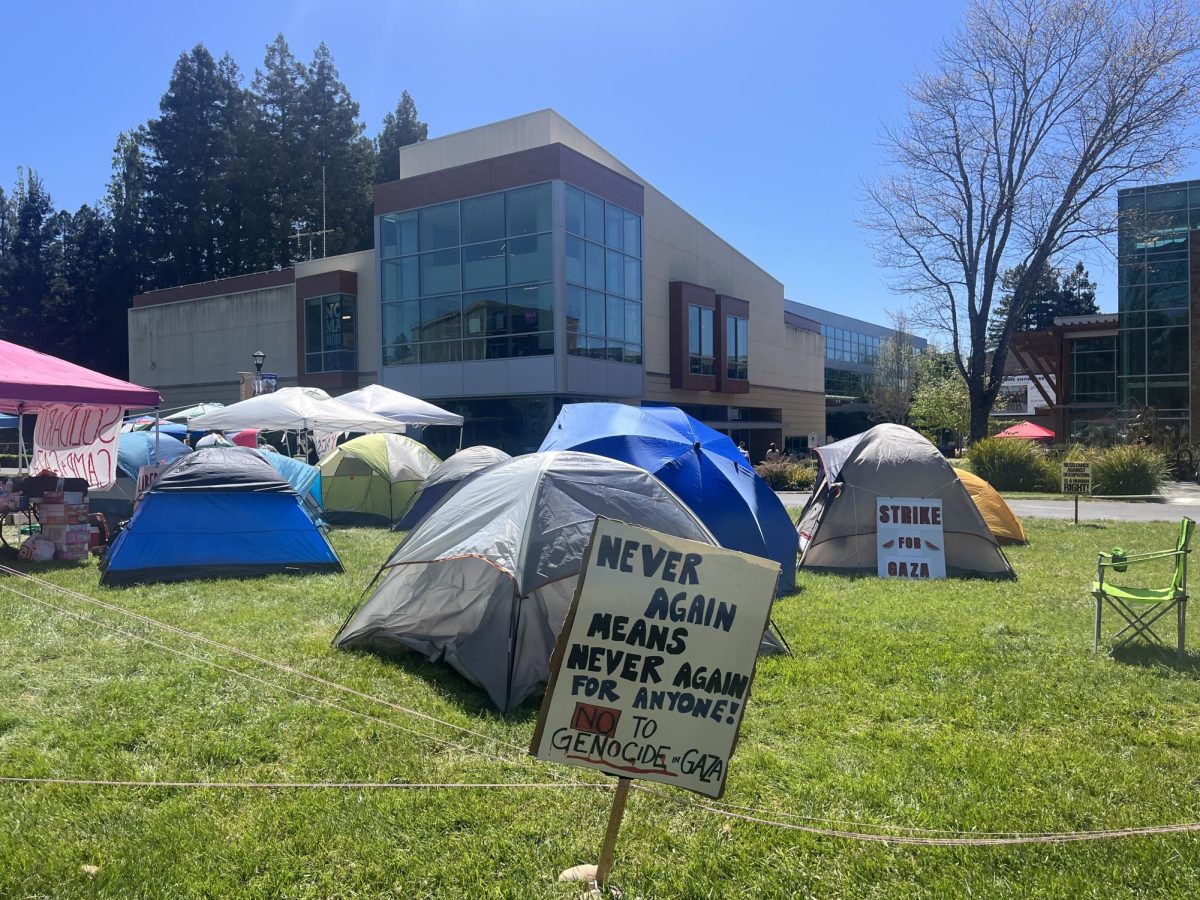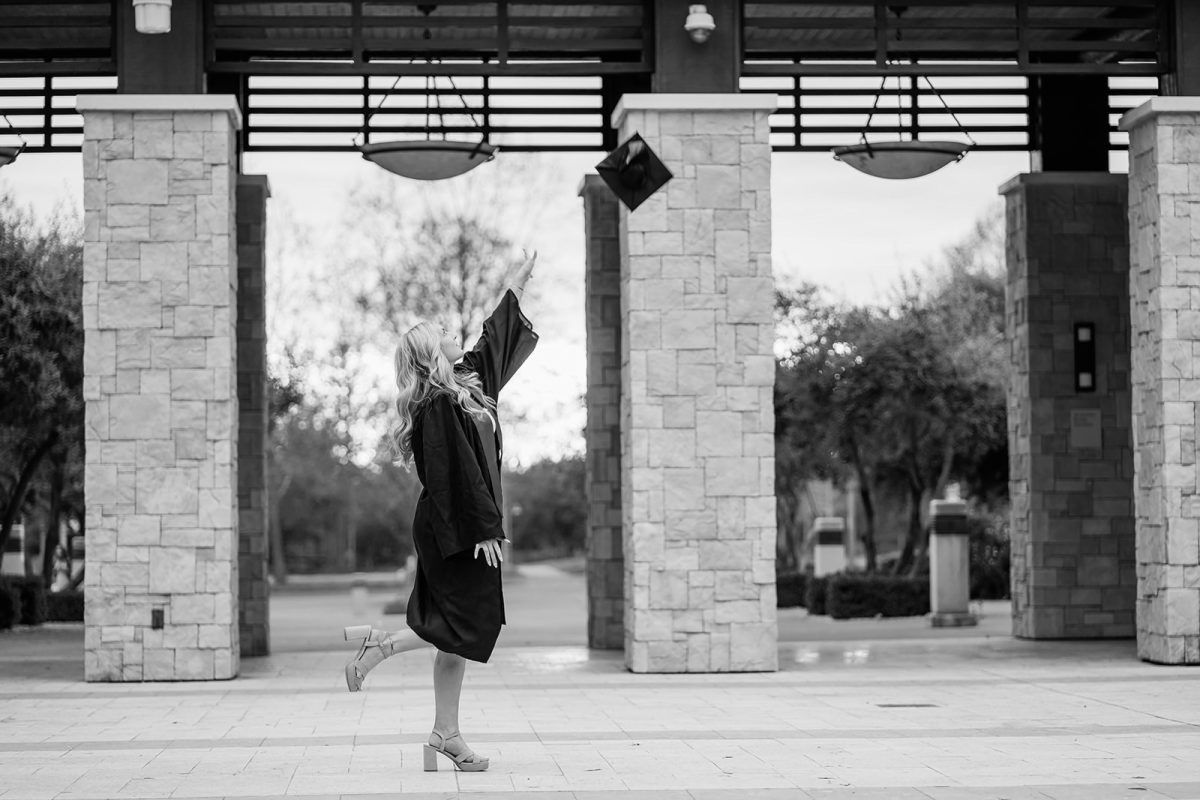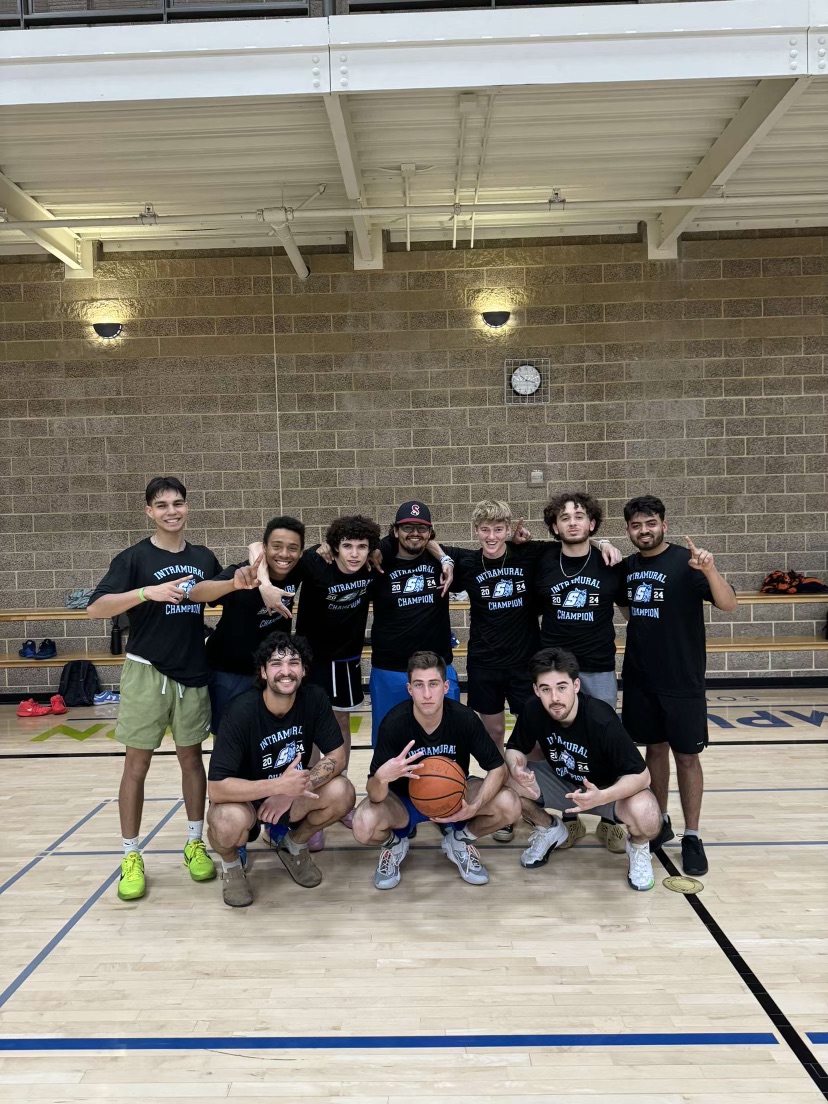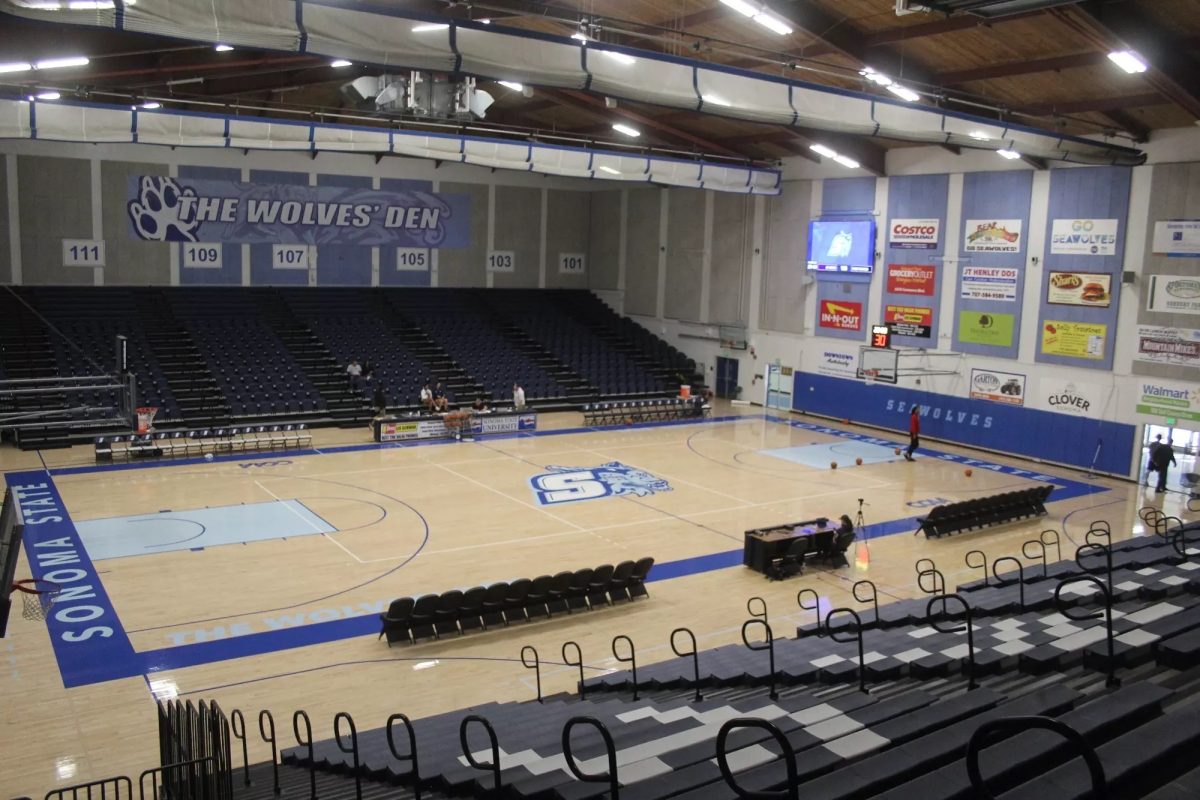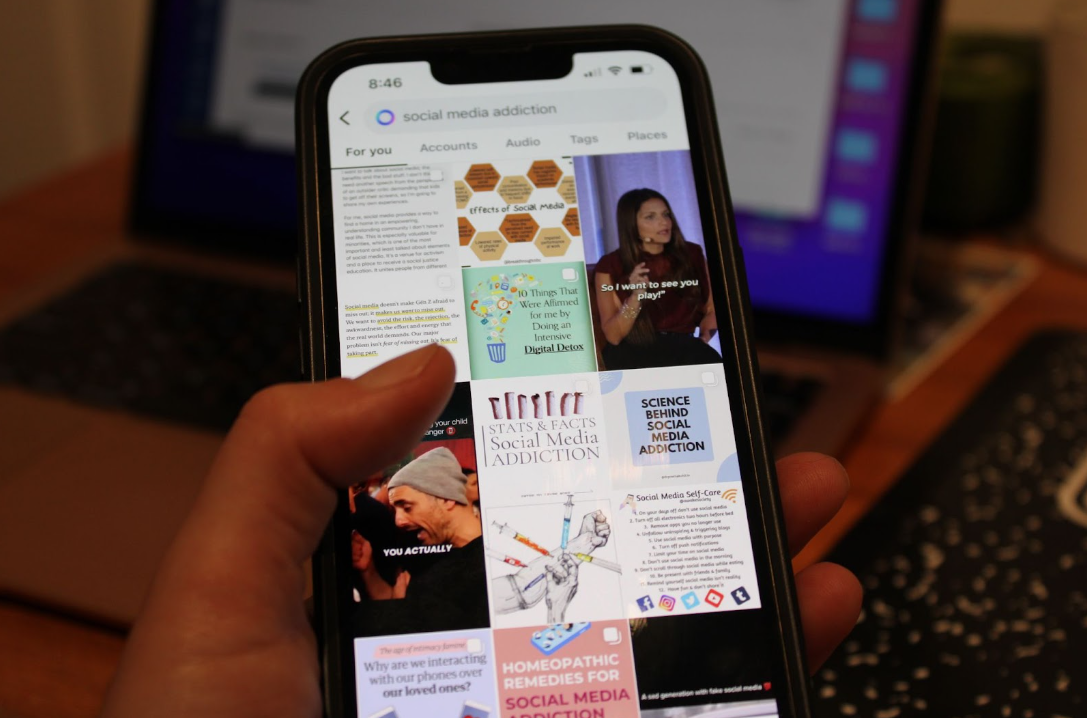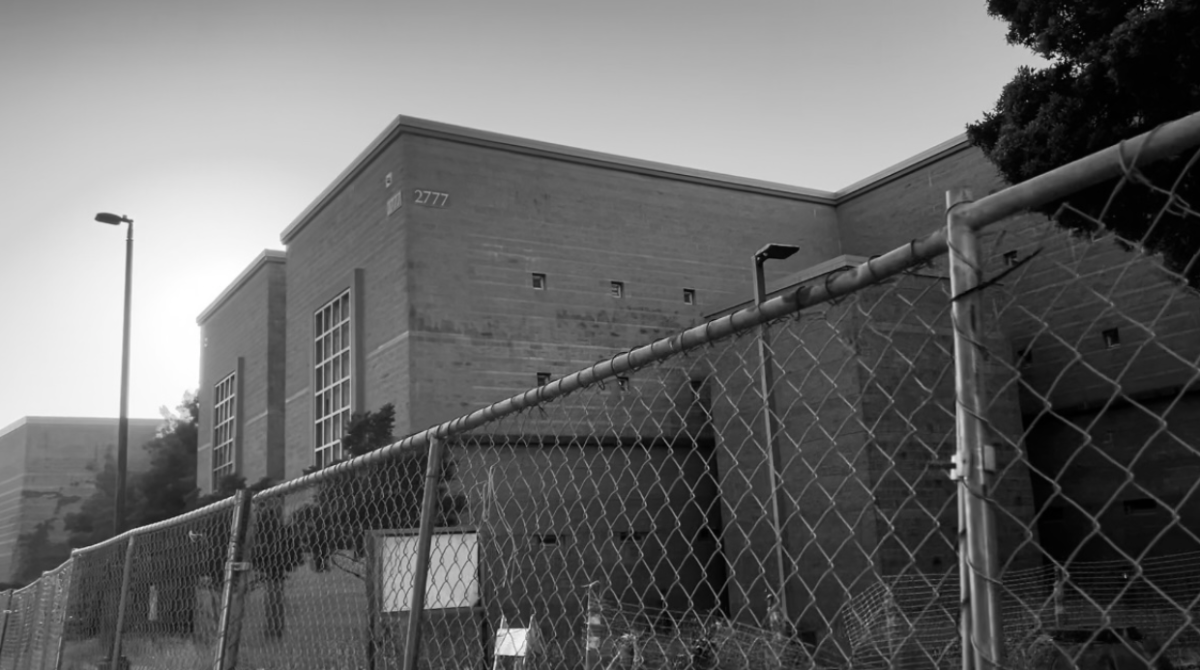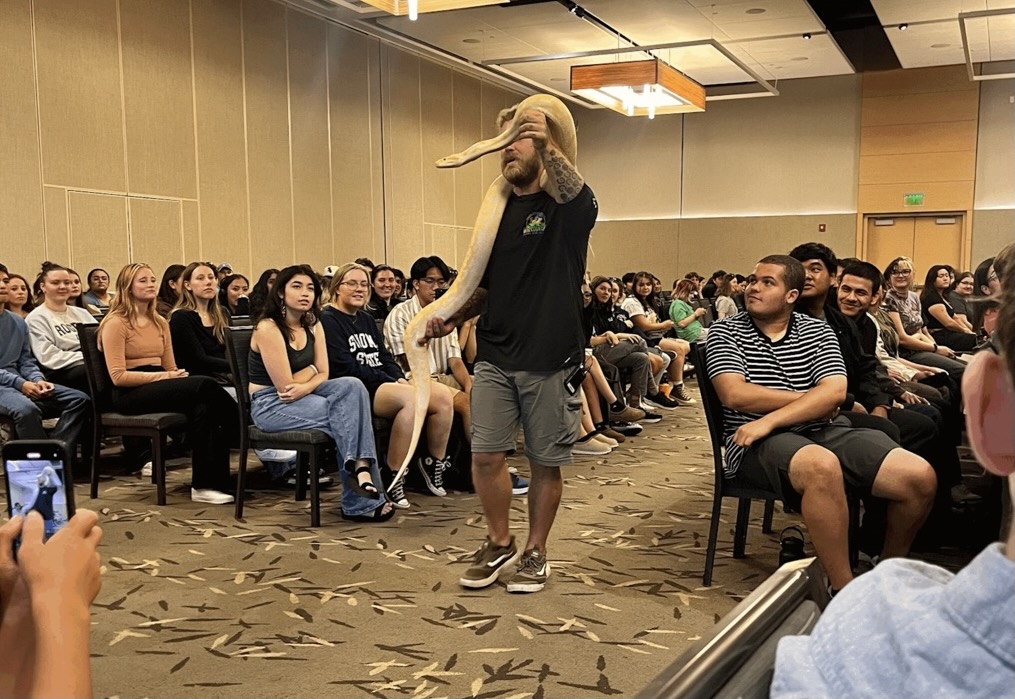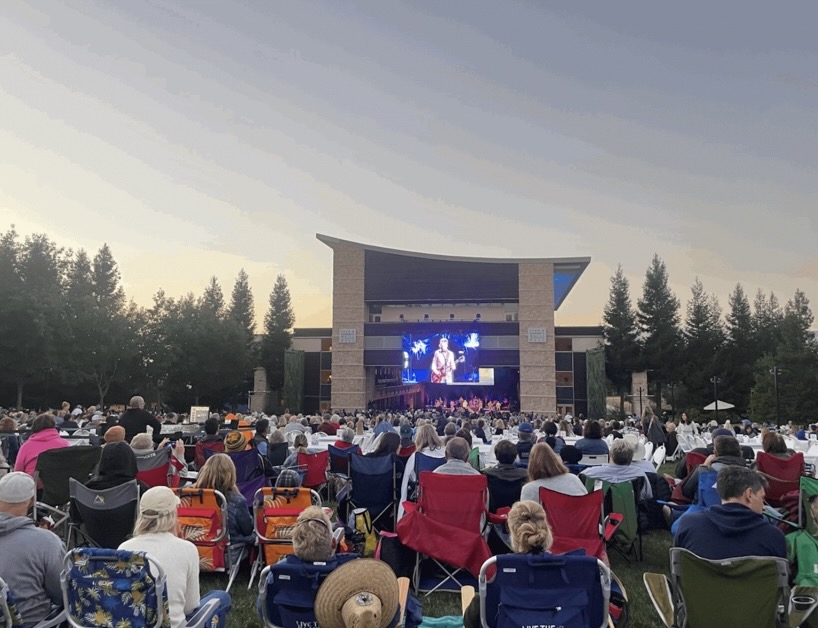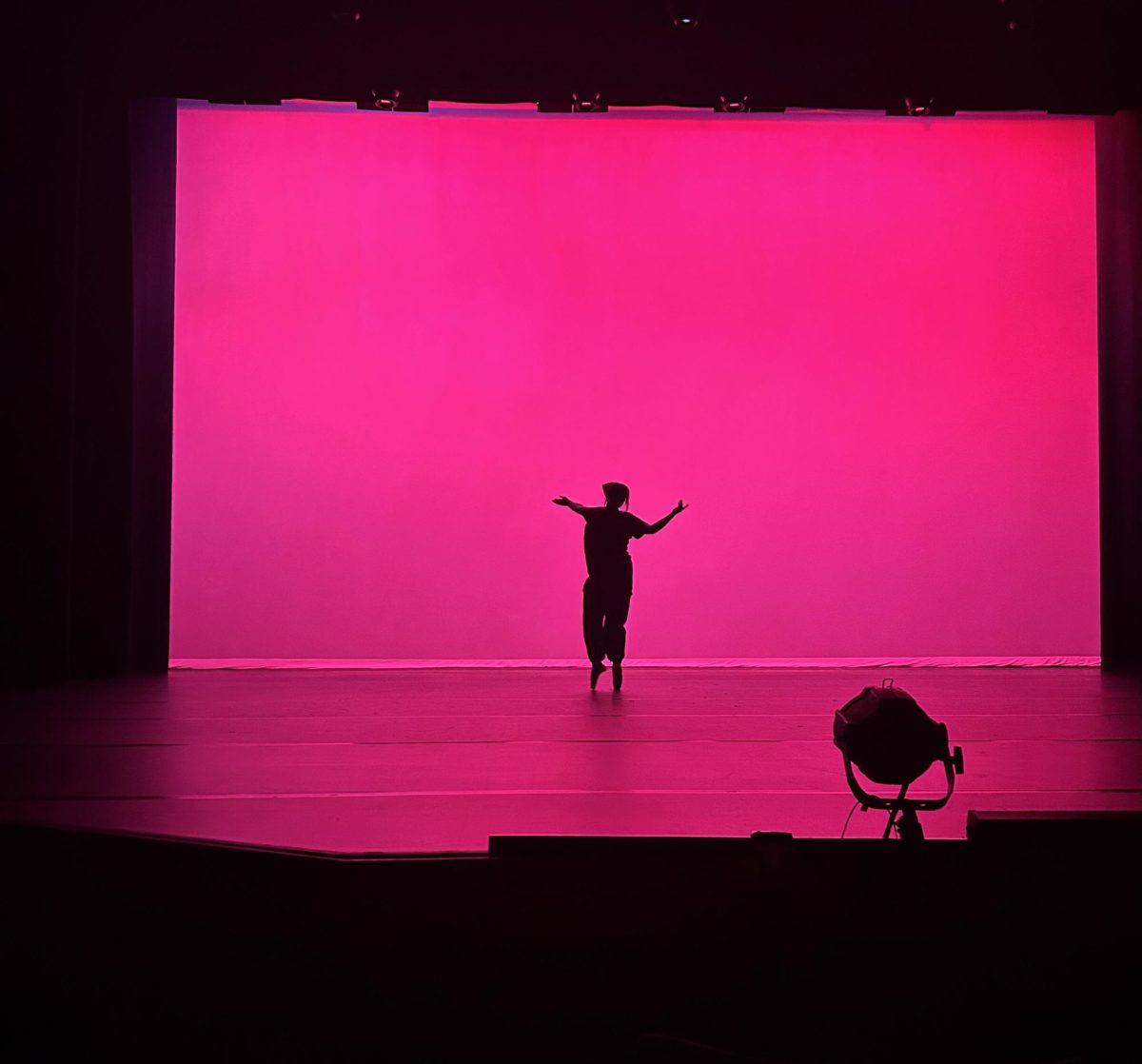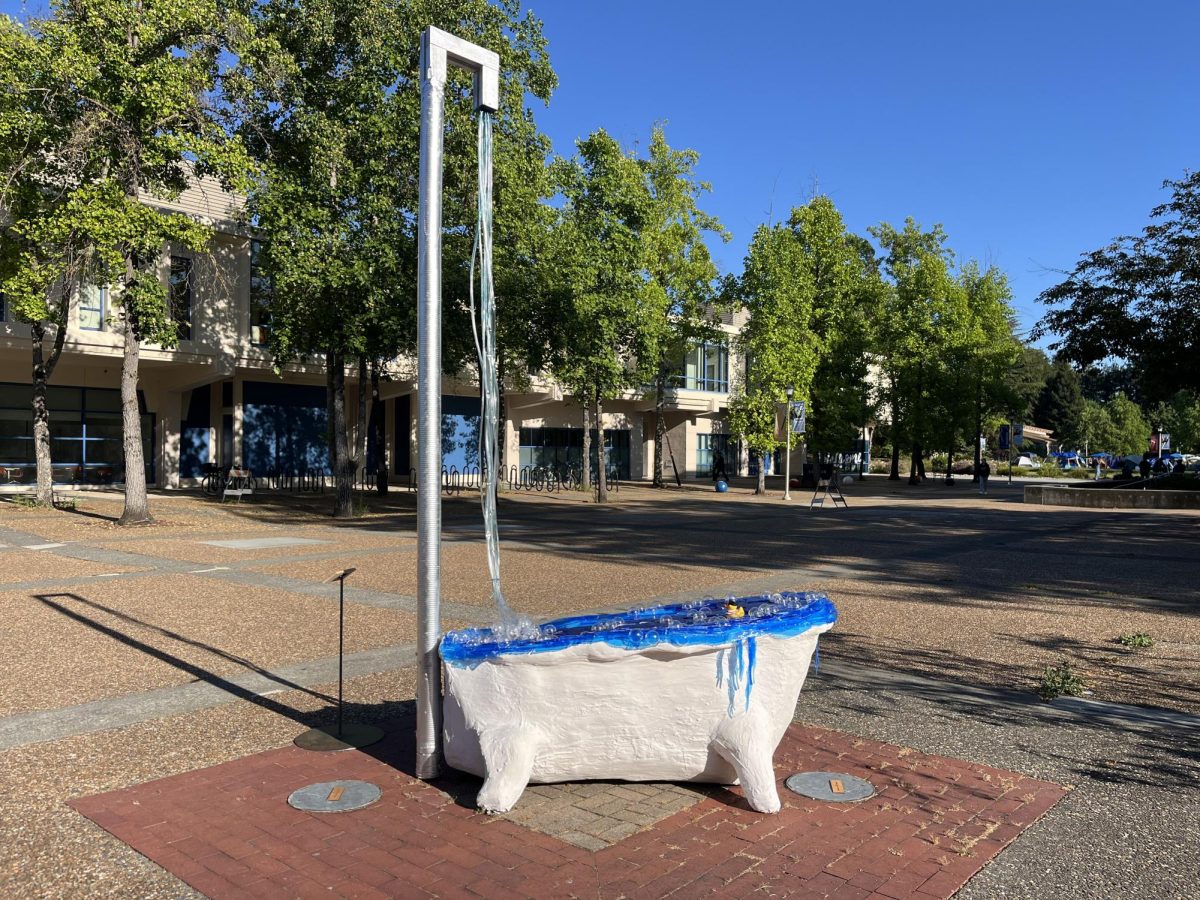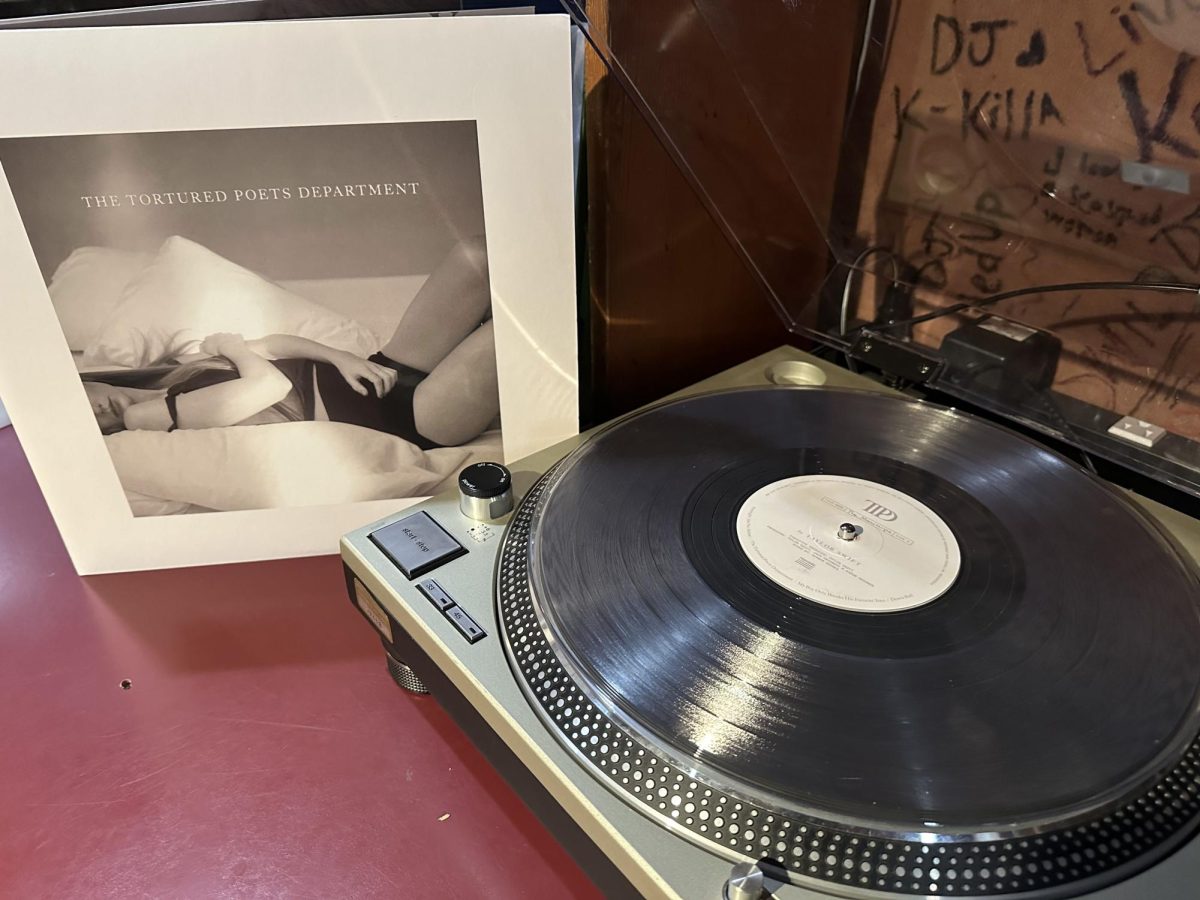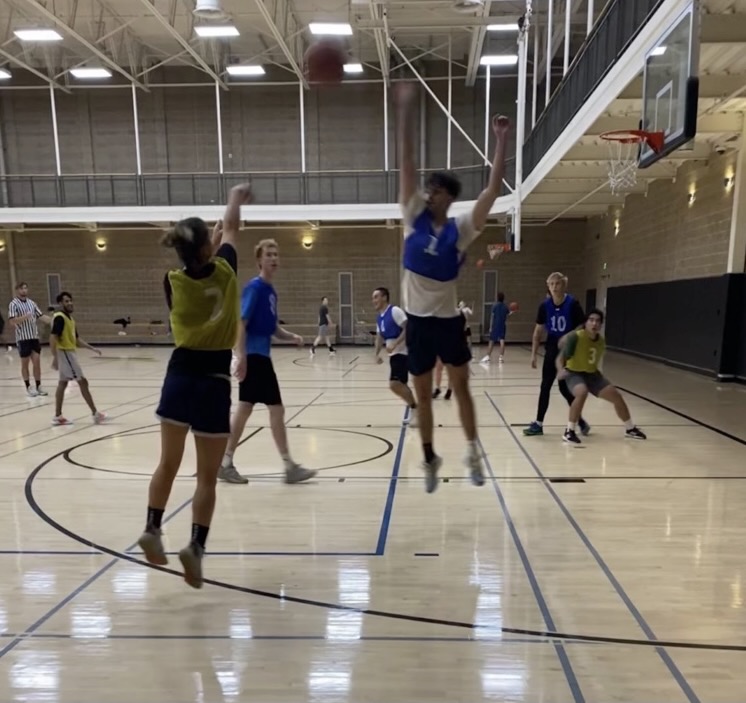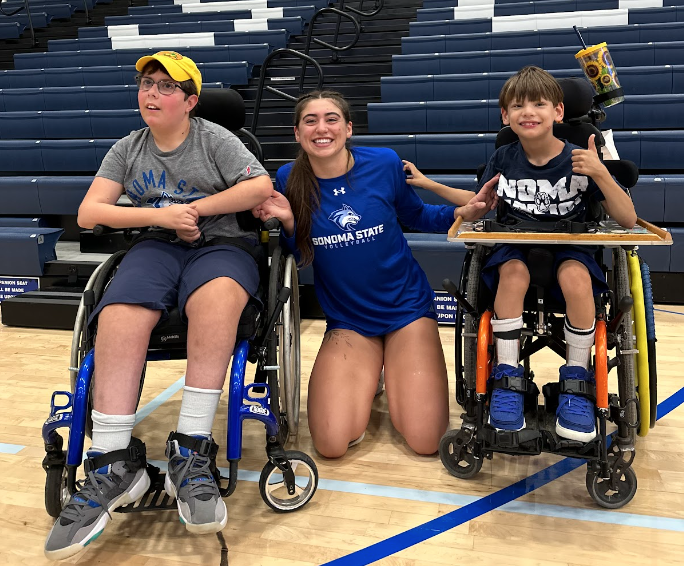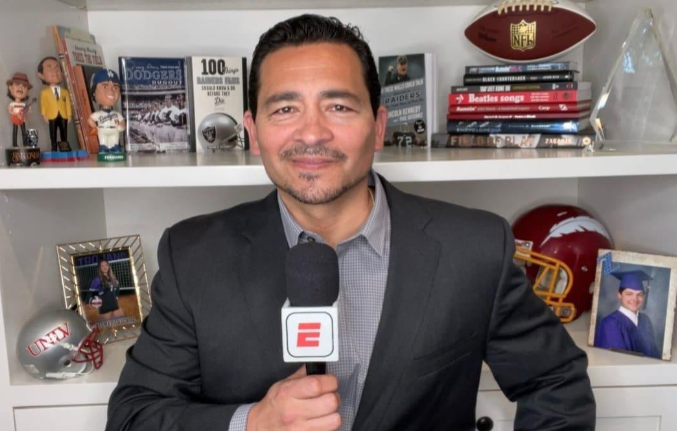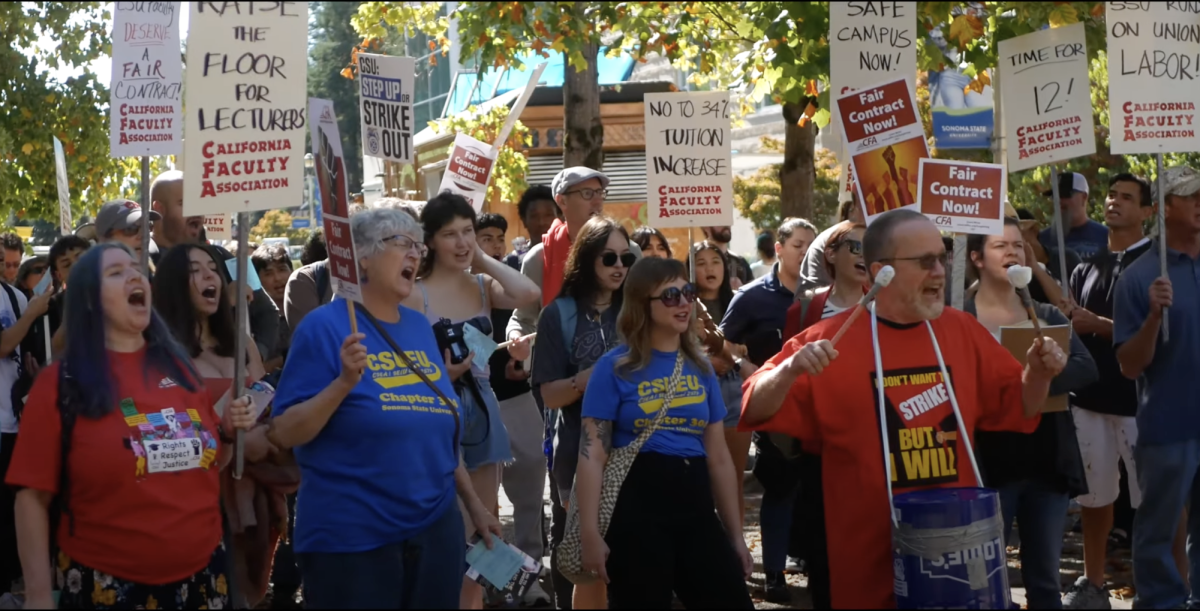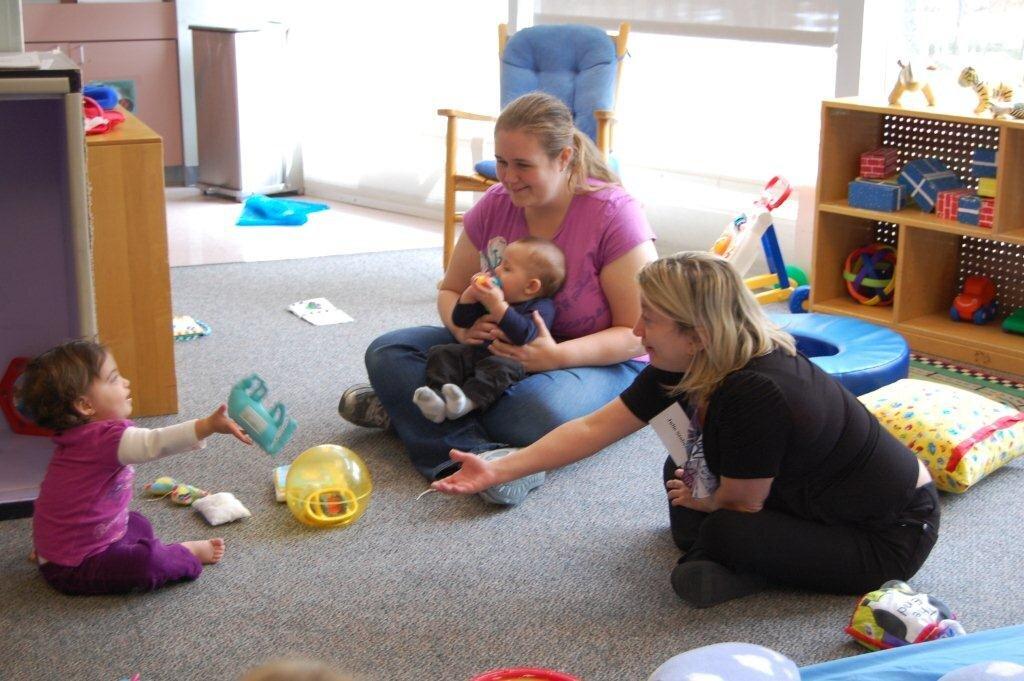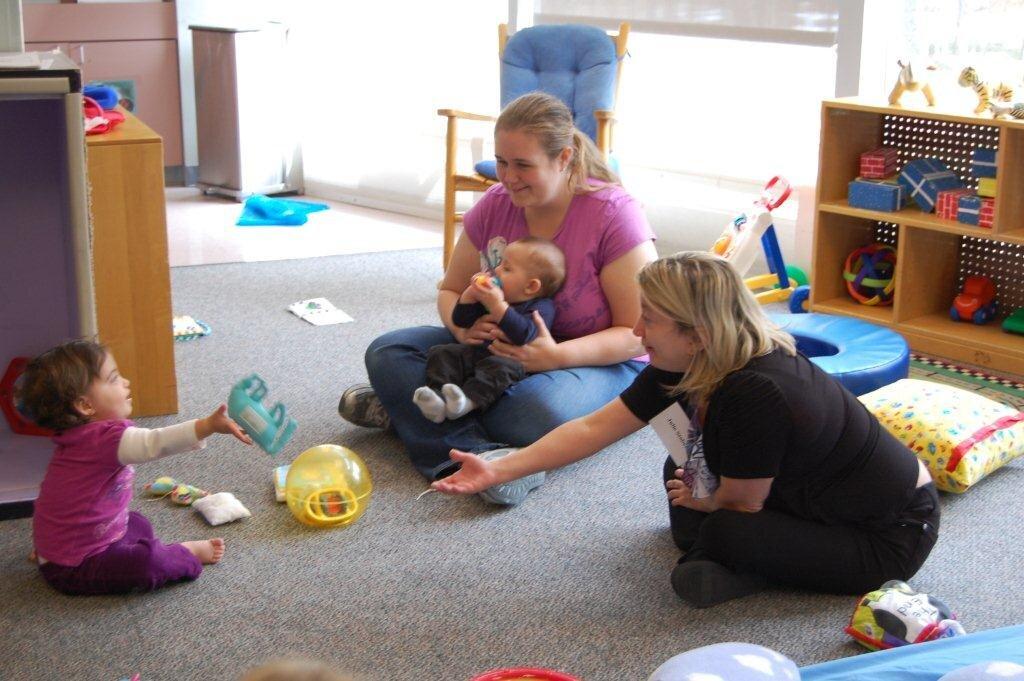As COVID-19 began in March, schools across the world pushed for online education; at the same time, parents transitioned to working from home if they were able to. Six months later, a discussion about adequately educating children became the main focus. Should the class be online, or do they move to in-person learning? Without adults in the home, schools acted as a daycare for many young children, children too young to take care of themselves. Due to the move to online education to prevent COVID-19 outbreaks, many parents face the problem of figuring out who will watch their children when they are attending online school?
COURTSEY // FAIRFAXCOUNTY
Since March, many businesses have resumed operating at usual working standards with safety changes to prevent the virus’ spread, with many removing the option to work from home. Parents have had to return to the office but without the supervision of educators in classrooms available. In an interview conducted by TIME magazine with Jenna Antico, written by Abby Vesoulis, Antico explained her day care facility’s pain as it is most likely never reopening due to the pandemic. She explains that this leads to other problems, “Mass closures will also have a ripple effect on communities and parents, who depend on daycare centers to go to work and support their families. Without access to affordable and convenient childcare, many parents—mostly mothers—will find it increasingly untenable, financially and logistically, to work outside the home.”
Without a place to send the youth to get educated or to have somewhere to stay during the day, it will most likely cause a parent to either work at home, adjust their hours, or in severe cases – quit their jobs entirely. This is not an option for many low-income families, but in-person learning has been proven too dangerous, with a reported 1081 schools having COVID-19 outbreaks within the short month they have been open.
Some schools are attempting a ‘switching system’ in which the student population is split into two shifts; each day, half the students attend online learning while the other half attend in-person learning. This system still is not adequate as parents would still have nowhere to turn if they need to return to work. It simply is not safe for students, daycare workers, or teachers alike.
The San Francisco Chronicle gathered research for many local cases in our region due to the quick spreading illness. An article written by Anna Kramer stated that “More than 320 coronavirus cases associated with daycare facilities have been confirmed in the Bay Area, according to a Sept. 3 data from the California Department of Social Services. More than 6,000 daycare providers are open in the region, meaning that on average, there have been about five cases reported for every 100 facilities.” The spread is slow in existing facilities, but the risk is still out there and still relatively high of becoming afflicted with COVID-19.
The question remains for many parents: what to do now, the risk is far too high for some, and for others, there is no choice. Not every family has the luxury to work from home or even the ability to take time off to be with their children. With unemployment rates on the rise, most workers are forced to return to their jobs without considering their family’s needs. The choice appears to be theirs, but the options were stripped from the working-class families. Schools want to work online, which is the safest route for all attendees, but it is not the safest option for most essential workers.

